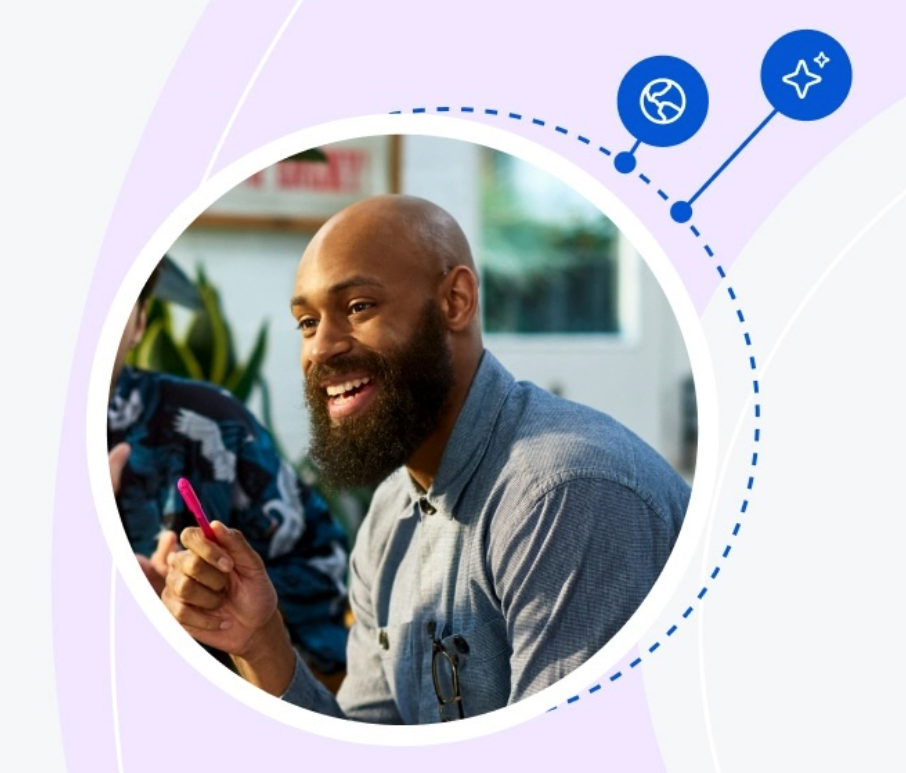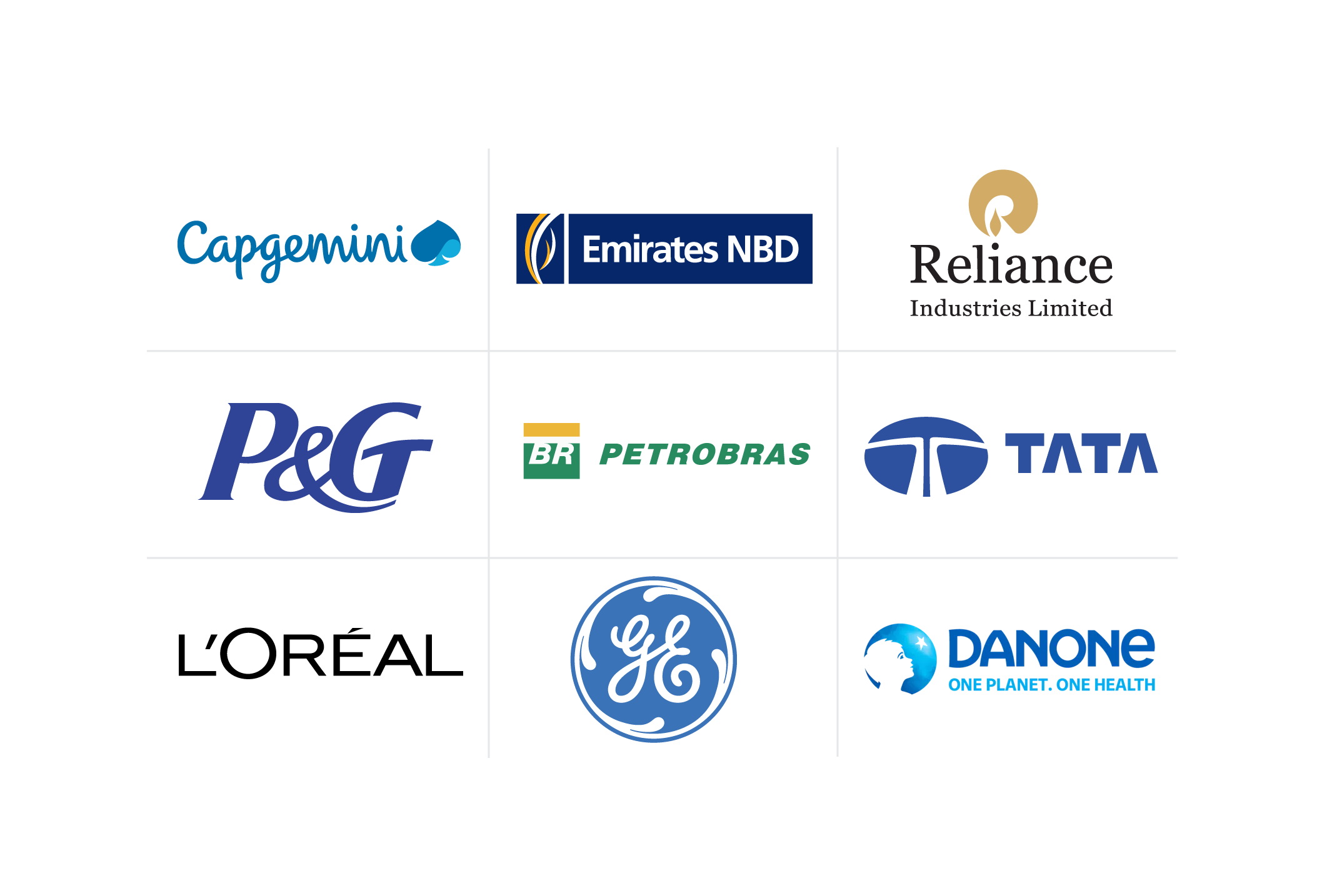What Is a MOOC: A Guide for Companies and Organizations
Learn how MOOCs can help you customize learning paths for your employees based on their skill gaps and career goals.
![[Featured image] Woman on a bench working on a laptop](https://d3njjcbhbojbot.cloudfront.net/api/utilities/v1/imageproxy/https://images.ctfassets.net/2pudprfttvy6/4IzZNS9IdZKofnbGFfi5cs/a5ec78d065879d2319ecf1c9f0eafa77/GettyImages-1255077848.jpg?w=1500&h=680&q=60&fit=fill&f=faces&fm=jpg&fl=progressive&auto=format%2Ccompress&dpr=1&w=1000)
Continuous learning is essential for employees to keep pace with market trends and adapt to new emerging technologies. As a business leader, you can support your employees' upskilling endeavors through MOOCs, or “massive open online courses.”
Read on to learn more about MOOCs, including their origin, advantages, challenges, strategies for implementation, and more.
What is a MOOC?
A massive open online course (MOOC) is a web-based educational offering, usually free of charge. Tailored to reach a wide variety of global audiences, MOOCs often emulate the structure of traditional college or university courses.
The curriculum of MOOCs can empower your employees to acquire new skills or pivot their career paths. Coursera, edX, Udacity, Canvas Network, and Kadenze rank among the top MOOC providers in the US.
Did you know?
The term MOOC was coined in 2008 to refer to an open online course titled "Connectivism and Connective Knowledge." The free course, hosted by the University of Manitoba, drew over 2,000 students [2].
Types of educational programs offered through MOOCs
MOOCs present ample avenues for career progression and typically don't require prior experience or education. Here are a few programs that may incorporate MOOCs:
Professional certification courses
Microcredentials
Master's degrees
Industry-specific training courses
A MOOC can consist of multiple modules, each containing a mix of pre-recorded video lectures, interactive visuals, diagrams, exercises, discussion forums, and a concluding assessment. Successful completion of a MOOC often leads to the attainment of a certificate. While many MOOCs are free, low-cost options also exist.
Amidst the COVID-19 pandemic, MOOC enrollment soared, prompting the introduction of numerous new courses. Corroborating the trend, market research and consulting firm Technavio forecasts a $27.88 billion expansion in the global MOOCs market between 2022 and 2027 [1].
Read more: E-Learning: The Business Case for Your Organization
Who authors a MOOC?
MOOC providers do not always create the content themselves. Most MOOC providers partner with universities, among other relevant entities, to develop online courses. While universities contribute course materials and instructors, learning management system platforms, such as Coursera, provide the technological infrastructure for course delivery.
Business benefits of MOOCs
Besides allowing for flexible learning, integrating self-paced MOOCs into your organizational framework has some notable advantages.
1. Supplements in-house training
Incorporating MOOCs that align with your company’s objectives or job-specific requirements as a precursor to in-house training programs can help your workforce gain the necessary expertise to excel in their respective roles. For example, Fortune 500 company Stanley Black and Decker, a leading provider of tools and storage, hinges on online delivery of cutting-edge upskilling course content to facilitate its employee training initiatives.
2. Improves brand awareness
If you choose to become a MOOC producer as a business owner, your company stands to gain from increased brand awareness. MOOCs allow you to promote your company's offerings or services to a broad audience, including potential clients, investors, and consumers.
To fully capitalize on this potential, you may choose to collaborate strategically with established MOOC providers or developers. Google and Coursera, for instance, have joined forces with the University of Texas System to offer job-oriented digital skills to students across UT System’s eight campuses.
3. Minimizes hiring costs
Adopting MOOCs for employee reskilling can yield significant cost savings for your business. Instead of incurring the expenses of recruiting and training new employees to fill skill gaps, you can retrain existing staff through MOOCs at a fraction of the cost.
Read more: 5 E-Learning Trends That Benefit the Workplace
Overcoming barriers to MOOC adoption
While embracing MOOCs has its perks, be sure to assess the following challenges to adopting MOOCs for corporate training.
1. Sustaining employee motivation
MOOCs often lack rigid deadlines for assignments or tests. As a result, you may find that your employees are less inclined to fully engage with course materials. Moreover, if MOOCs lack adequate interactivity, employees can lose interest and motivation. This, in turn, limits avenues for practicing newly acquired skills.
To tackle this challenge, opt for programs with e-learning features like Coursera's Skills Dashboard, which enables your employees to track their progress and achievements as milestones. This will cultivate a sense of accomplishment and motivation among employees.
2. Suitability for all types of training
MOOCs, while advantageous in various learning contexts, may not always be the optimal choice for specific types of training. For instance, they may not be the most suitable platform for compliance training, necessitating strict course completion adherence. Failure to grasp regulatory concepts can also contribute to compliance issues and legal consequences.
Strategically pairing MOOCs with in-person training can help you avoid the pitfalls of relying solely on either method.
3. Ensuring support for employees with disabilities
If considering MOOCs as part of your employee learning and development, be sure to choose a program with adequate accommodations. Individuals with disabilities, particularly those with visual or auditory impairments, might find it difficult to access and fully engage with MOOC content. Non-inclusive learning environments may also result in feelings of exclusion and frustration among employees with disabilities, further exacerbating disparities in learning outcomes.
For a more inclusive learning environment, consider integrating assistive technologies such as screen readers and speech-to-text software to better accommodate the needs of your differently-abled workforce.
How to choose the right MOOC platform for your organization
Should you intend to incorporate MOOCs that align closely with the training needs of your employees, the following tips can help you along the way.
1. Identify areas for skill development.
Start by conducting a comprehensive assessment to identify any specific performance gaps or additional training requirements within your workforce. Once you've identified these needs, evaluating whether MOOCs are the most suitable training solution is essential. Remember, MOOCs are not the sole option for boosting employee training and performance; you can supplement them with other methods.
2. Personalize course content.
Streamline your employee training experience by choosing coursework with modules and subtopics that align with your employees' and organization's needs. By identifying key concepts, theories, or examples and delving into them in detail, you can elevate your employees’ learning experience.

3. Determine the appropriate duration for each course.
The longer a course tends to be, the higher the dropout rates, as learners may progressively lose interest over extended periods. A condensed timeframe, say four weeks, can encourage your employees to stay focused and committed to completing the course, resulting in higher completion rates and more effective learning outcomes.
Read more: Tech Learning: Key Areas for Continuous Learning Initiatives
Build your workforce’s skills with MOOCs on Coursera
MOOCs offer your employees a chance to progress in their careers, explore new interests, or venture into different fields. Depending on your organizational goals and available resources, you may choose to invest in further learning and development for your teams.
With Coursera, you can train teams across your organization in the skills that matter most in today’s digital economy. Your employees will gain access to content from 350+ leading universities and industry partners, where they can build real-world experience with innovative skills, tools, and technologies while earning globally recognized credentials. Our customizable, scalable learning solutions balance workplace skills and technical skills training in diverse formats, from video clips to guided projects and Professional Certificates. Accelerate your digital transformation and equip employees to drive growth with Coursera.
Explore Coursera for Business to learn how to provide the technology training your business needs to be competitive.
Article sources
1. Technavio. “MOOCs Market Forecast 2023-2027, https://www.technavio.com/report/moocs-market-industry-analysis?utm_source=prnewswire&utm_medium=pressrelease&utm_campaign=T41_V2_wk02_2024_016_rep&utm_content=IRTNTR40509.” Accessed on May 1, 2025.
2. McGill Association of University Teachers. "A Brief History of MOOCs, https://www.mcgill.ca/maut/news-current-affairs/moocs/history." Accessed May 1, 2025.
This content has been made available for informational purposes only. Learners are advised to conduct additional research to ensure that courses and other credentials pursued meet their personal, professional, and financial goals.

